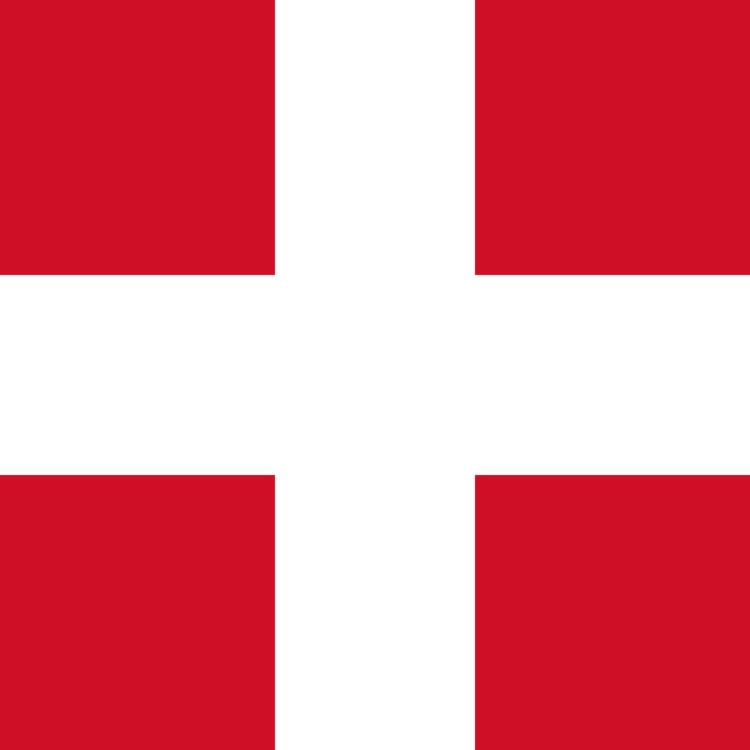Capital Utrecht Government Principality Established 1024 Date dissolved 1528 | Religion Catholic Historical era Middle Ages Founded 1024 | |
 | ||
Languages Middle Dutch, Middle Low German | ||
Episcopal principality of utrecht
The Bishopric of Utrecht (1024–1528) was a civil principality of the Holy Roman Empire in the Low Countries, in present Netherlands, which was ruled by the bishops of Utrecht as princes of the Holy Roman Empire.
Contents
- Episcopal principality of utrecht
- Foundation
- Prince Bishopric of Utrecht
- Lordship of Utrecht
- Archbishops
- References
From 1024 until 1528, it was one of the Prince-Bishoprics of the Holy Roman Empire, constituting, in addition to its ecclesiastical aspect, a civil state within the Empire. In 1528, Charles V, Holy Roman Emperor, secularized its civil authority and territorial possessions.
Foundation
The Diocese of Utrecht was established in 695 when Saint Willibrord was consecrated bishop of the Frisians at Rome by Pope Sergius I. With the consent of the Frankish ruler, Pippin of Herstal, he settled in an old Roman fort in Utrecht. After Willibrord's death the diocese suffered greatly from the incursions of the Frisians, and later on of the Vikings. Whether Willibrord could be called the first bishop of Utrecht is doubtful; as James Palmer points out, "there was no real concept of a well-defined bishopric until at least the days of Alberic (775–84)". And while Saint Boniface is referred to in his hagiographies as the successor of Willibrord (and, in turn, Gregory of Utrecht is referred to as the successor to Willibrord and Boniface), this does not necessarily mean "successor as bishop", but rather that they succeeded each other as missionaries to the Frisians.
Prince-Bishopric of Utrecht
Better times appeared during the reign of the Saxon emperors, who frequently summoned the Bishops of Utrecht to attend the imperial councils and diets. In 1024 the bishops were made Princes of the Holy Roman Empire and the new Prince-Bishopric of Utrecht was formed. The secular territory over which it ruled was known as Sticht Utrecht or Het Sticht (a sticht was any piece of land governed by a bishop or abbot). This territory was divided into the Nedersticht (Lower Sticht, roughly corresponding to the present day province of Utrecht) and Oversticht (Upper Sticht, encompassing the present-day provinces of Overijssel, Drenthe, and part of Groningen).
In 1122, with the Concordat of Worms, the Emperor's right of investiture was annulled, and the cathedral chapter received the right to elect the bishop. It was, however, soon obligated to share this right with the four other collegiate chapters in the city. The Counts of Holland and Guelders, between whose territories the lands of the Bishops of Utrecht lay, also sought to acquire influence over the filling of the episcopal see. This often led to disputes and consequently the Holy See frequently interfered in the election. After the middle of the 14th century the popes repeatedly appointed the bishop directly without regard to the five chapters.
It was part of the Lower Rhenish–Westphalian Circle
In 1527, the Bishop sold his territories, and thus his secular authority, to Holy Roman Emperor Charles V and the principality became an integral part of the Habsburg dominions. The chapters transferred their right of electing the bishop to Charles V and his government, a measure to which Pope Clement VII gave his consent, under political pressure after the Sack of Rome.
Lordship of Utrecht
The Prince-Bishopric of Utrecht became the Lordship of Utrecht in 1528.
